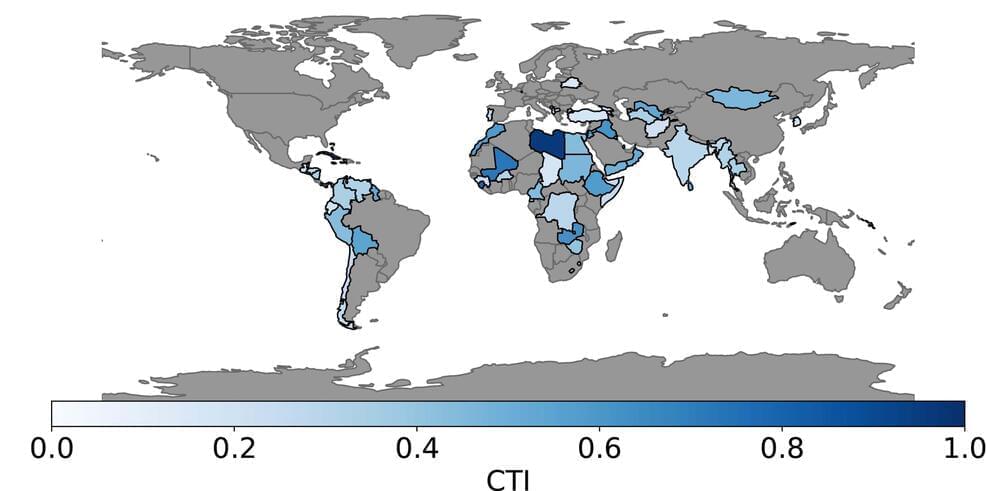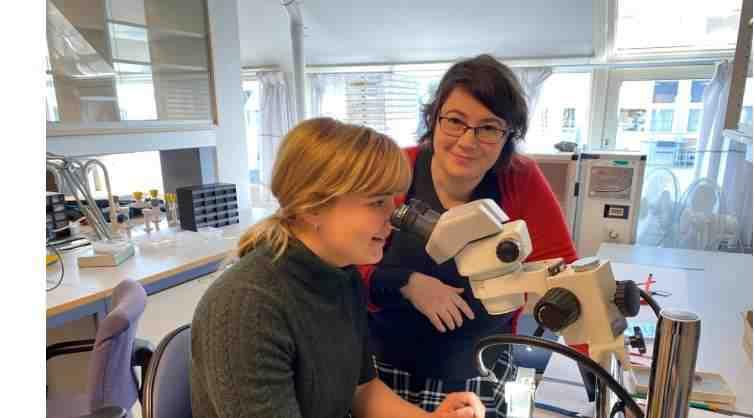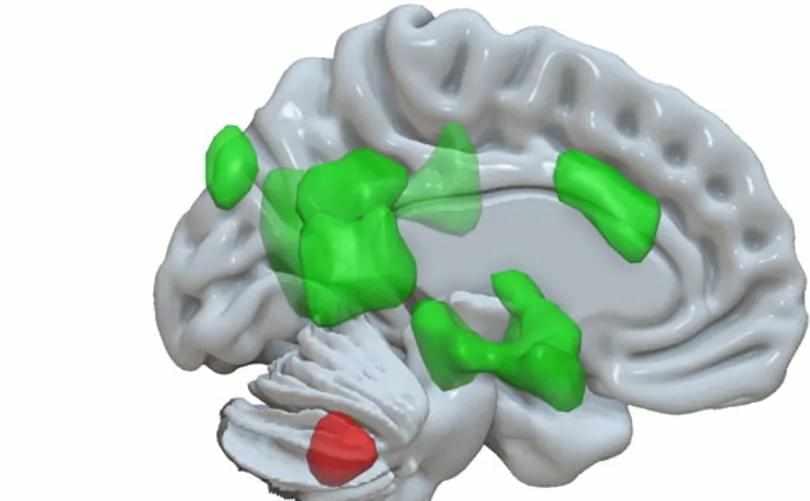A new study has revealed that researchers have used artificial intelligence to create a map that allows them to predict the distribution of dark matter throughout the universe.
The new study has been published in the Astrophysical Journal and shows that researchers have taken a different approach to creating a model of the distribution of dark matter. So far, researchers know that dark matter makes up 80% of the universe, and creating a model of the distribution of dark matter allows cosmologists to construct what is called a “cosmic web”.
With this cosmic web, cosmologists and researchers will be able to see how dark matter impacts the motion of galaxies in the past, present, and future. Researchers in the new study used machine learning, a branch of artificial intelligence, to construct a new model. The AI was fed a large set of galaxy simulations that include galaxies, dark matter, visible matter, and gases.







